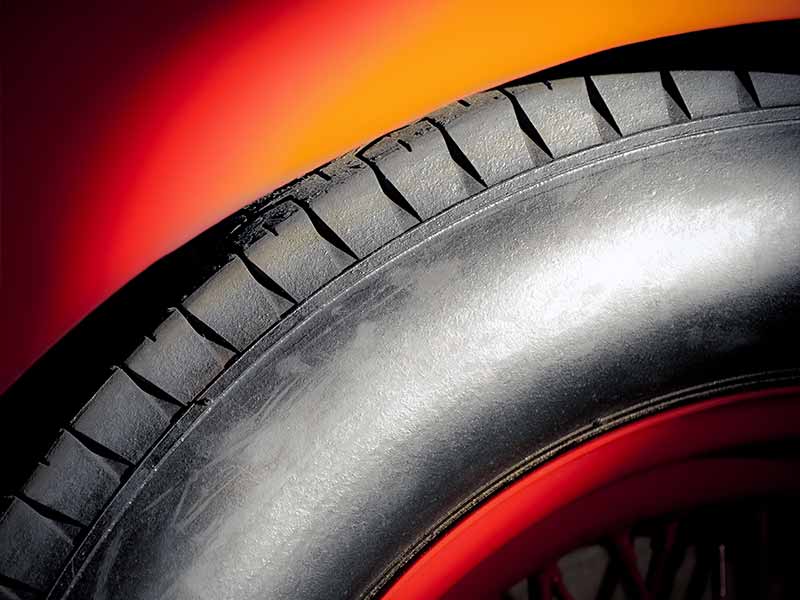Ever wondered how the tires on your vehicle affect its performance and efficiency? Choosing the right tires is not just about tread patterns or brands; it’s about understanding the role they play in your vehicle’s overall functioning.
Low Rolling Resistance Tires (Vs Regular)
Low rolling resistance tires are designed to minimize energy loss and improve fuel efficiency, while regular tires typically offer better traction and durability. Each type has its specific advantages and disadvantages.
In this article, we delve into the world of low rolling resistance tires versus regular tires, exploring their characteristics, advantages, disadvantages, performance in different conditions, and cost considerations, providing you with comprehensive insights to make an informed tire choice.
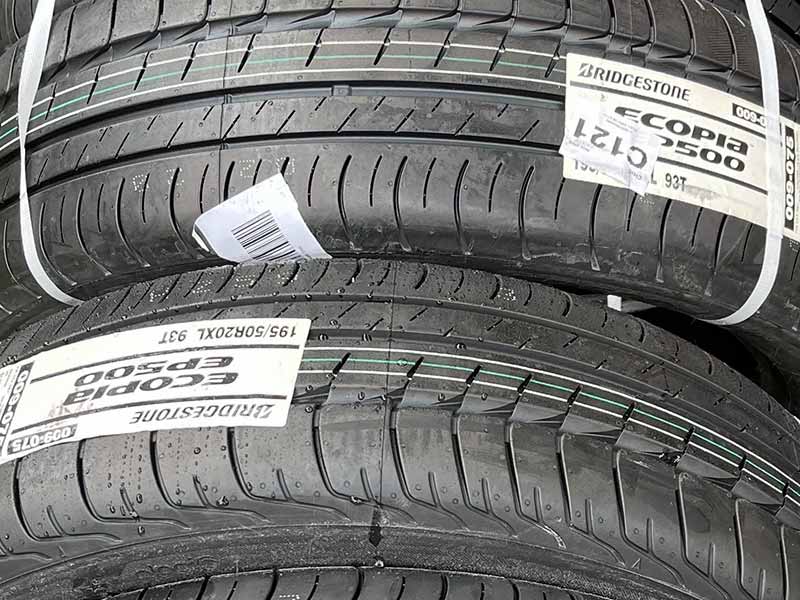
The Basics Behind Low Rolling Resistance Tires
- Definition: Simply put, low rolling resistance (LRR) tires are designed to reduce the energy loss as a tire rolls. This means less effort is required from your engine to keep your car cruising along, leading to fuel savings.
- Construction and Materials: LRR tires are crafted with a unique rubber compound and typically have a shallower tread depth. This combination reduces the friction between the tire and the road – a major factor in achieving lower rolling resistance.
- A Shift in Focus: Unlike traditional tires, where grip and longevity might be the priority, LRR tires are all about maximizing efficiency. This shift in focus involves a bit of give and take in terms of other tire characteristics.
How They Differ From Regular Tires
- Tread and Rubber Composition: The most noticeable difference lies in their tread design and rubber composition. Regular tires often have deeper treads for better grip, while LRR tires opt for a more streamlined design to minimize resistance.
- Performance Goals: Regular tires are typically designed to provide a balance of grip, durability, and comfort. LRR tires, on the other hand, prioritize reducing friction and improving fuel economy.
- Weight Factors: LRR tires are often lighter than standard tires. The lighter the tire, the less energy your car needs to expend to keep it rolling.
Why They Matter
- Fuel Efficiency: This is the big selling point for LRR tires. By reducing rolling resistance, these tires can help you save on fuel costs over time – a win for your wallet and the environment.
- Eco-Friendly Choice: With the automotive world increasingly focusing on sustainability, LRR tires represent a step towards greener driving practices.
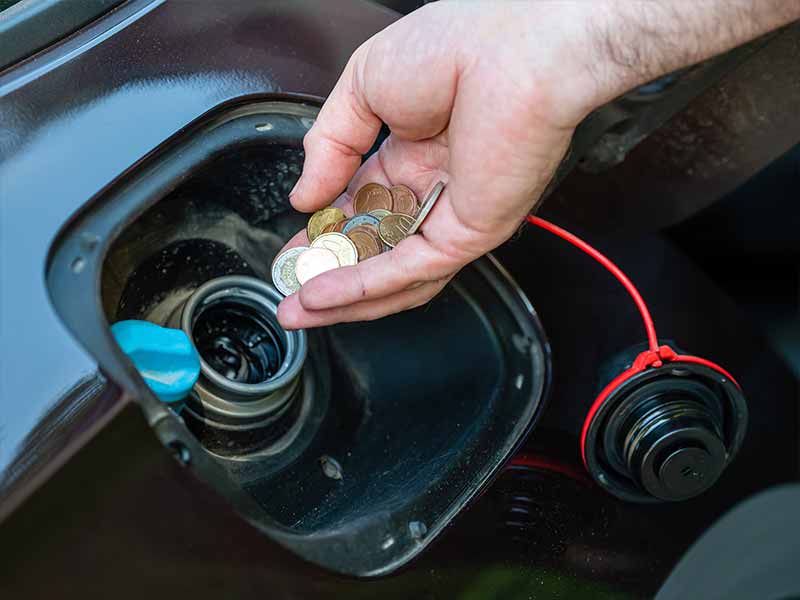
Advantages of Low Rolling Resistance Tires
When it comes to low rolling resistance (LRR) tires, the benefits are not just about saving a few bucks on gas. There’s more to these tires than meets the eye. Let’s look at what makes them a worthy consideration for your vehicle.
Fuel Efficiency: The Star Player
- Reduced Energy Loss: The primary advantage of LRR tires is their ability to minimize energy loss as they roll. This means your car’s engine doesn’t have to work as hard, translating into better fuel efficiency.
- Lower Fuel Costs Over Time: While the savings per trip might seem small, they add up. Using LRR tires can lead to noticeable reductions in fuel costs over the lifespan of the tires.
- Eco-Friendly Driving: By consuming less fuel, you’re also reducing your carbon footprint. It’s a small but significant step towards more environmentally responsible driving.
Environmental Benefits: Beyond Fuel Savings
- Reduced Emissions: Every bit of fuel saved means less carbon dioxide and other pollutants released into the atmosphere. This is crucial in the fight against climate change.
- Sustainability Focus: Many LRR tires are made using eco-friendly materials and processes, aligning with a more sustainable approach to tire manufacturing.
Noise Reduction: A Quieter Ride
- Advanced Design: Some LRR tires are designed to reduce road noise, offering a quieter and more comfortable driving experience.
- Improved Driving Comfort: Less noise can make for a more pleasant journey, especially on long trips or highway driving.
Conclusion: The Winning Edges
- Fuel Efficiency and Environmental Impact: The main draws of LRR tires are improved fuel efficiency and a lower environmental footprint.
- Enhanced Comfort: The added benefit of a quieter ride is a cherry on top for those who value comfort and tranquility on the road.
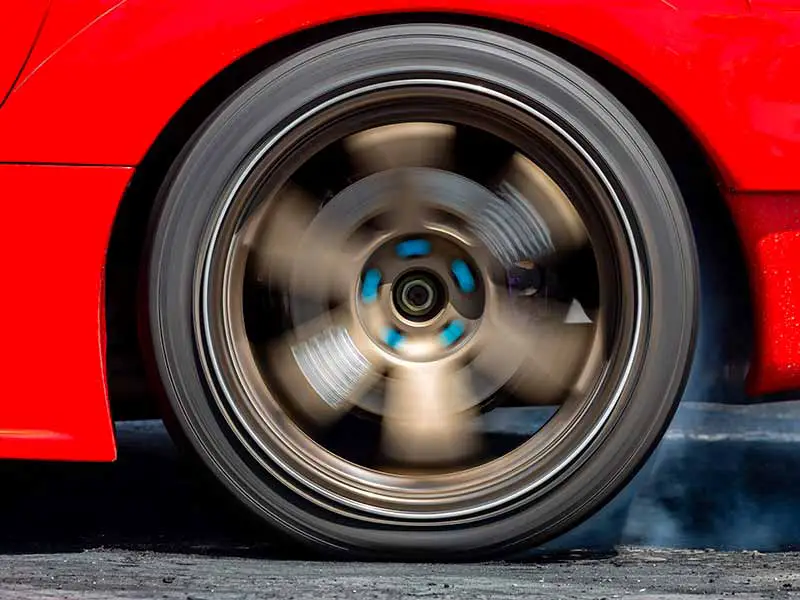
Advantages of Regular Tires
While low rolling resistance tires have their perks, regular tires are still the go-to choice for many drivers. Why? They offer a blend of benefits that cater to everyday driving needs. Let’s delve into what these advantages are and why they matter.
Better Traction: Safety Comes First
- Superior Grip: Regular tires are often designed with deeper treads and softer rubber compounds. This results in better grip on the road, especially under wet or slippery conditions.
- Enhanced Handling: With better traction comes improved handling. These tires can offer a more secure driving experience, particularly in challenging driving conditions.
Durability: Built to Last
- Longer Lifespan: Regular tires typically have a longer lifespan than LRR tires. Their construction and materials are geared towards enduring a variety of road conditions and longer wear.
- Cost-Effective in the Long Run: The extended lifespan means you won’t have to replace them as frequently, potentially saving money over time despite their initial cost.
Variety and Availability: More Options to Choose From
- Wide Range of Choices: One of the biggest advantages of regular tires is the sheer variety available. Whatever your vehicle type or driving preference, there’s likely a tire that fits your needs.
- Easier to Find the Right Fit: Whether it’s for a small city car, a heavy-duty truck, or a high-performance sports car, finding the right regular tire is usually easier due to the broader selection.
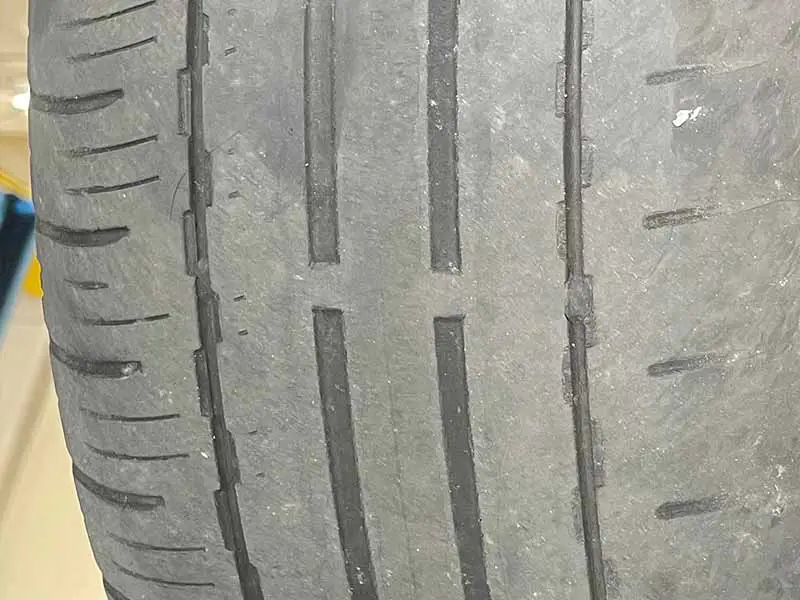
Disadvantages of Low Rolling Resistance Tires
Low rolling resistance (LRR) tires are a fantastic innovation for fuel efficiency and environmental friendliness, but they come with their own set of drawbacks. Let’s look at these disadvantages to help you make an informed decision.
Reduced Traction: A Trade-Off for Efficiency
- Compromised Grip: LRR tires often have shallower tread depths and harder rubber compounds to reduce resistance. This can lead to reduced traction, especially on wet or slippery roads.
- Handling Concerns: The decrease in grip can affect handling, making the vehicle less responsive in certain driving conditions, such as during quick turns or emergency maneuvers.
Shorter Lifespan: The Cost of Efficiency
- Faster Wear and Tear: The same features that reduce rolling resistance can also result in quicker wear. LRR tires might not last as long as regular tires, leading to more frequent replacements.
- Impact on Long-Term Costs: While they save money on fuel, the potential need for more frequent replacements could offset these savings, affecting the overall cost-benefit ratio.
Limited Options: A Narrower Selection
- Fewer Choices Available: Currently, the variety of LRR tires on the market is more limited compared to regular tires. This can be a challenge for drivers looking for specific features or sizes.
- Constraints for Certain Vehicles: Owners of less common vehicle models or those with unique tire requirements might find it difficult to find suitable LRR tires.
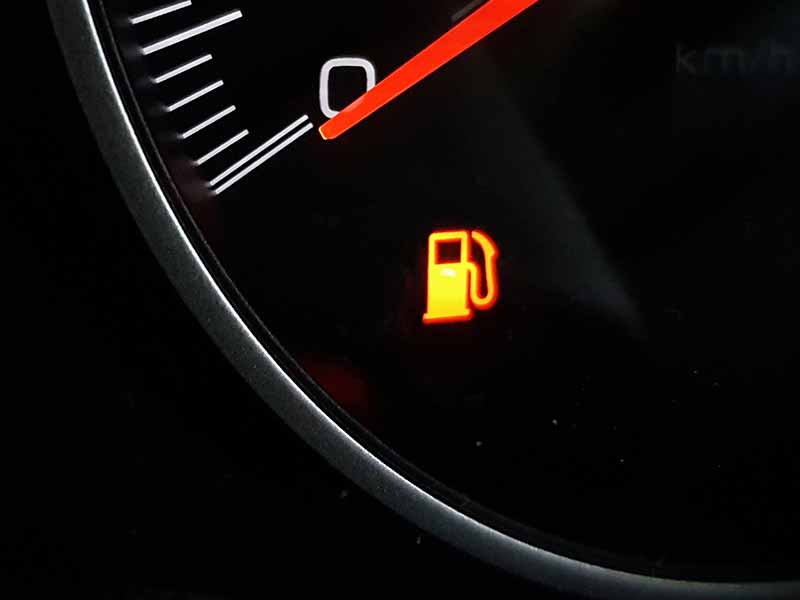
Disadvantages of Regular Tires
While regular tires are often the default choice for many drivers, they come with their own set of drawbacks, particularly when compared to their low rolling resistance counterparts. Let’s delve into these disadvantages.
Lower Fuel Efficiency: The Cost at the Pump
- Increased Rolling Resistance: Regular tires typically have higher rolling resistance than LRR tires. This means your vehicle’s engine needs to work harder, leading to higher fuel consumption.
- Impact on Fuel Costs: Over time, the increased fuel consumption can add up, resulting in higher costs at the pump and a larger carbon footprint.
Environmental Impact: A Heavier Burden
- Higher Emissions: The higher fuel consumption of regular tires directly translates into higher emissions of CO2 and other pollutants, which is a concern for environmentally conscious drivers.
- Contrast with Eco-Friendly Trends: As the automotive industry moves towards more sustainable practices, regular tires can seem out of step with eco-friendly driving preferences.
Noise Levels: A Louder Ride
- Potential for More Road Noise: The design and tread patterns of regular tires can sometimes result in higher road noise compared to some LRR tires designed for a quieter ride.
- Impact on Driving Comfort: Increased noise levels can affect the overall comfort of your driving experience, particularly on long journeys or at higher speeds.
Performance in Different Conditions
The way your tires perform under various conditions is crucial. Whether it’s a wet highway, a snowy path, or a hot summer day, you want tires that can handle it all. Let’s compare how low rolling resistance (LRR) and regular tires fare in different driving environments.
Weather Conditions: Rain, Snow, and Heat
- LRR Tires in Wet Conditions: LRR tires may offer less traction on wet roads due to their shallower treads and harder compounds, which could affect braking and handling.
- Regular Tires in Rain and Snow: With deeper treads and softer rubber, regular tires generally provide better grip in wet and snowy conditions, offering safer and more stable driving.
- Performance in Extreme Heat: LRR tires, designed for efficiency, might wear faster in very hot conditions, while regular tires might offer more consistent performance across temperatures.
Road Surfaces: City Streets to Off-Road
- Smooth vs Rough Terrain: On smooth, well-maintained roads, LRR tires can perform efficiently and comfortably. However, on rough or uneven surfaces, regular tires with their deeper treads can offer better comfort and handling.
- Highway Driving: LRR tires are often a good fit for highway driving, offering fuel efficiency and a quieter ride, while regular tires might provide a more responsive driving experience.
Adaptability to Driving Styles
- Driving Habits and Tire Choice: Your driving style plays a significant role in choosing the right tire. For aggressive or dynamic driving, regular tires might offer the responsiveness and grip you need. For more relaxed, efficiency-focused driving, LRR tires could be more suitable.
- Vehicle Type Considerations: The type of vehicle you drive also influences the best tire choice. Heavier vehicles might benefit more from the stability and durability of regular tires, while lighter vehicles could see greater efficiency gains with LRR tires.
Resources
Below are some links you may find helpful when learning about tires:
- What is tire rolling resistance? – Bridgestone
- Low-rolling-resistance tires can save you money at the pump – Consumer Reports
Final Thoughts
Low rolling resistance tires offer enhanced fuel economy and are environmentally friendly, but they may compromise on grip and longevity.
Regular tires provide better traction and are more durable, though they are less efficient in terms of fuel usage. Your decision should align with your driving habits, vehicle type, and personal preferences.
Good luck and happy motoring.
